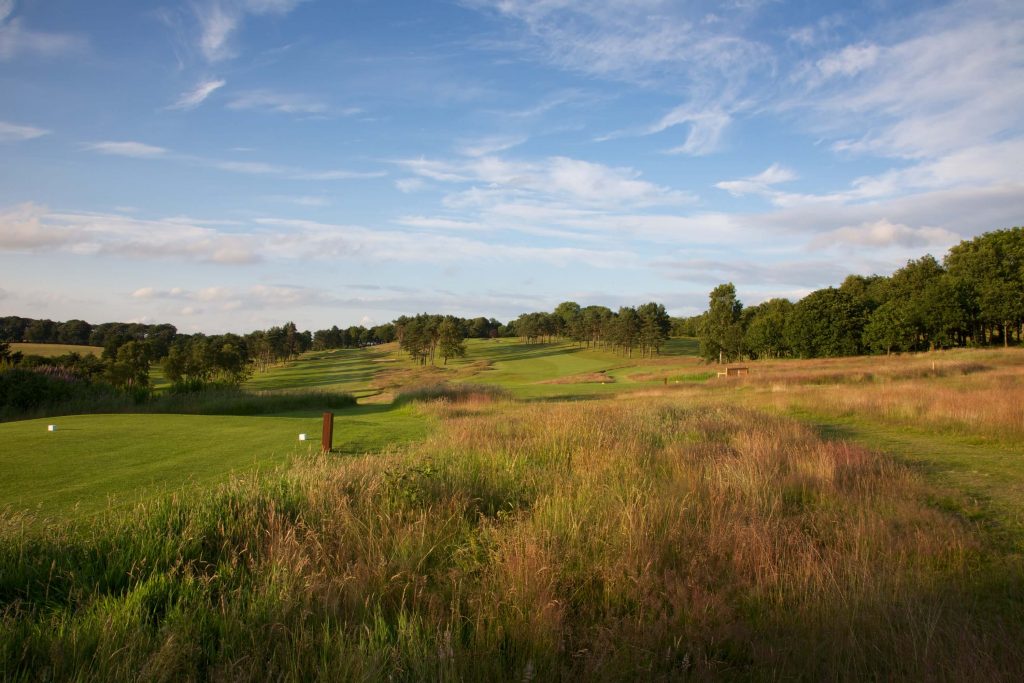The cost of living has got many of us feeling the pinch. But its impact on golfers and the golf industry as a whole is varied.
Golf club membership fees aren’t going anywhere any time soon, but what’s the current state of play, and can this well-established model be flexible given the current economic backdrop?
We speak to Headingley Golf Club manager Jon Hall below on how the Yorkshire club has budgeted in line with the cost of living, and its approach to membership fees.

A golf club’s financial planning need not be rocket science. We have a good understanding of what we need to maintain the course and clubhouse to a decent standard, and because we’re always working to a rolling 5-10 year development and CapEx plan (course and clubhouse changes, course machinery etc.), we know that too.
In simple terms, our income comes from three main streams; membership fees, visitor green fees, and gross profit from the bar. Once we have set our budget for the green fees and bar, we then need to calculate what our membership fees need to be in order to cover all of our expected costs. We never want the club to fall into problems in years to come, so we have always budgeted cautiously and include contingency sums if required.
Golf club membership fees

We’ve always applied an annual increase to subscriptions to keep up with the general cost of living. Some golf clubs fall into the trap of not increasing their fees which is a huge mistake as you’ll never get it back. That 2% you didn’t charge extra for compounds, and you fall back. Your wages have to go up every year, costs go up every year, and there hasn’t been a year when that hasn’t happened—so we’ve always tried to budget responsibly.
We sit down in October each year and look at all the indicators of inflation—of which there are generally five different ones—and we also have a spreadsheet with the current number of members. We know what the subs for the current year are, so we can work out what the expected revenue will be. Some years there will have been a 1, 2, 3 and 4% increase for inflation—this year, that multiplier will be 4, 6, 8 and 10% increases.
Then we make an educated guess about how many members we will lose at the end of the year. Members leave golf clubs every year regardless—that’s just a factor of club golf. Typically, our annual net attrition of adult playing members is about 7%, but this can vary. In a good year, we might have just 25 leaving, but in some tough years, like during the last recession, we had up to 60 leave. Again, some guesswork is required at this stage, so we’ll discuss the general economy, member satisfaction, and so on before cautiously deciding on an increase. Once that’s decided, we’ll release a fee schedule for the ensuing year with an explanatory note to our members.
A few weeks later, members will receive their fee invoices, which will normally give them several weeks before their renewal date of January 1. Like many clubs, we also allow members to pay in instalments, and this option is now taken up by about 15% of our members and is an invaluable tool to retain them.
The economic climate

One of the best indicators of the current financial situation every year is how many young members leave. Older members have generally already made their money and are financially secure, so they’ll keep going as long as their health and desire permit. However, we also have a large cohort of members under 40, so we take particular notice of how many of these younger people are leaving, which influences some of our thinking regarding fees. There will obviously be a concern about the job market and cost of living, but I’m pleased to say that we haven’t had a particularly high number of members leaving in the past couple of months.
In previous years, our normal operating income and expenditure have been stable, so the sudden cost increases have provided a definite challenge. Energy costs have tripled in some cases, and of course, different clubs have been affected in different ways depending on what type and length of contract they were in. We’ve not done too badly, but with long-term contracts coming up for renewal and the government support ending soon, this is something we have to keep an eye on—and again, budget for responsibly.
Another impact of the cost of living has been that we’ve focused much more on energy efficiency. We have embarked on several energy-saving initiatives, such as LED lighting and fitting timers to appliances, so some long-term good has come from all of this too.
However, we’re a golf club. And, in many ways, we use what we use, and we still have to function—so there has to be an element of ‘sucking it up’.
Having applied an increase in fees of just under 6% this year and also increased staff wages by a similar amount, we have worked hard with all our suppliers to keep their increases manageable. We have to be fair with everyone.
Generally speaking, membership golf clubs are fortunate that many members will sometimes pay their subs before paying their mortgage, as it’s a huge part of their lives, but you can never take anything for granted. We’ll always ensure that our members know we care about them, want to keep improving the course and keep the club moving forward. This can be difficult, though, as everybody’s expectations are getting higher and higher.
Where we do think we offer great value for money is the ability to play year-round golf; we don’t like to close the course, don’t use winter greens, and we don’t use artificial tees or fairway mats. We compare well with peer clubs in this regard, but we know we still have a long way to go and have ambitious plans to build more tees and paths to cope with the ever-growing demand of modern golfers.
Looking ahead

Having begun my tenure at Headingley at the end of 2008, just as the world was slumping into recession, my honest view is that the current challenges will not be so protracted and deep as they were then—when golf was in seemingly terminal decline.
The golf industry, like cycling and fishing, for example, received a huge boost during the Covid pandemic, as so many new people were introduced to the sport. So, in effect, many golf clubs have entered the current cost-of-living crisis in good health and should be in a good position to ride out the storm.
At Headingley, we had already built up a healthy cash reserve and have managed to fund several course and clubhouse improvements without the need for borrowing. In my time at the club, we have always been very risk-averse, and our finances have been very well managed by our committees. All of this has laid the foundations for the club to move forward with confidence.
Many thanks to Jon for his time and insight.




